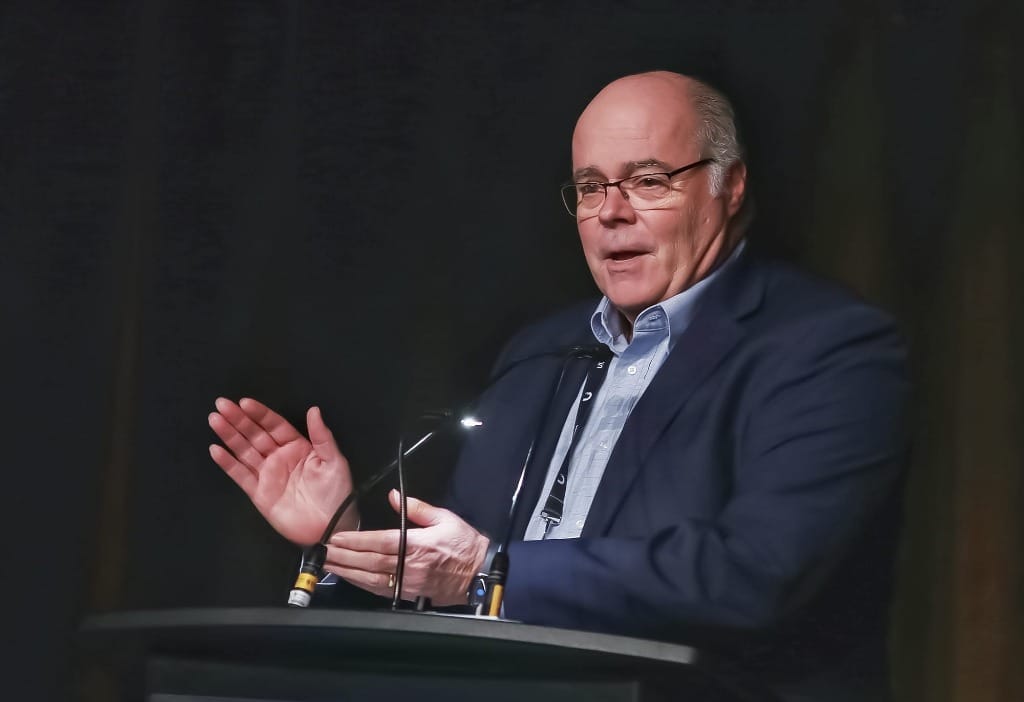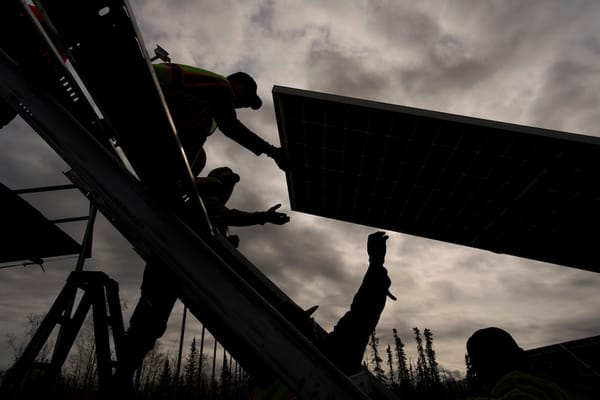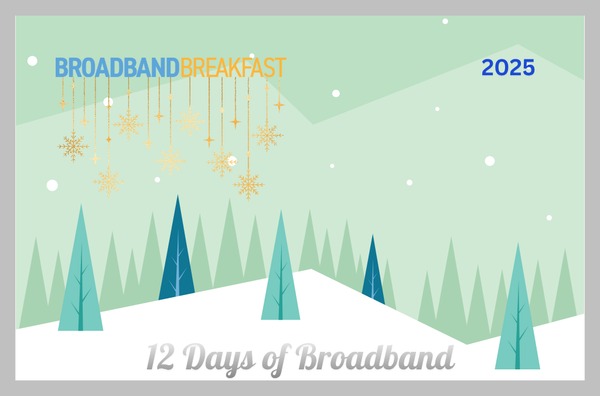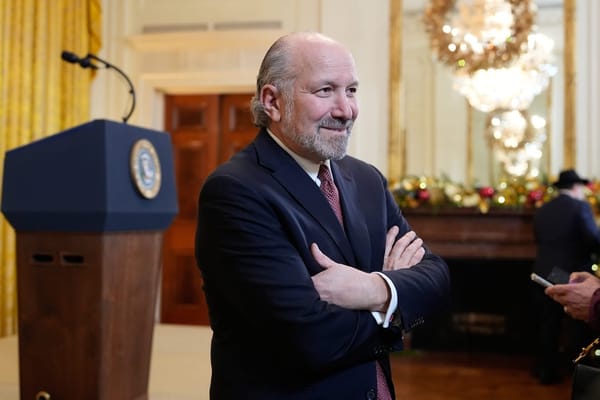NTIA Finalizes Guidance on LEO Satellites for BEAD
NTIA said it has significantly reduced barriers to participation by LEO satellite providers.
Jericho Casper

WASHINGTON, Jan. 3, 2025 – The National Telecommunications and Information Administration issued new guidance Thursday to enhance state access to federal broadband funding for alternative technologies like low-Earth orbit satellites.
Building on draft guidance released in August, NTIA's final guidance on the use of alternative broadband technologies under the $42.5 billion Broadband Equity, Access, and Deployment program reflected input from 138 stakeholders' comments. These ranged from fiber-first advocates to those urging the program take a more technology-neutral approach.
“NTIA has taken steps to significantly reduce barriers to participation by LEO satellite providers,” NTIA stated in its announcement. “Letter of Credit obligations, federal interest requirements, and consumer premises equipment obligations have all been addressed in a manner that will better facilitate participation by LEO providers.”
One key change allows BEAD funds to cover the costs of consumer premises equipment, such as satellite dishes, modems, and installation fees. This adjustment could reduce the financial burden on rural households, making LEO satellite services more accessible.
“Prospective subgrantees seeking a LEO Capacity Subgrant should submit . . . cost estimate includ[ing] any needed subsidy for the customer premises equipment to comply with low-cost broadband service requirements,” the guidance stated.
Additionally, the NTIA has reworked its Letter of Credit requirements. Satellite providers can now reduce their required financial guarantees by 50% once they certify that service is available, with further reductions tied to adoption milestones.
The new guidance also provides states with the flexibility to reimburse LEO providers in one of two ways: either based on the number of subscribers who sign up for the service, or by the total number of homes and businesses covered in the project area.
Several states have already signaled their intent to work with satellite providers under BEAD. Nevada, for instance, has committed to partnering with Amazon’s Kuiper Systems, awarding $14.4 million to Kuiper as part of the state’s $416 million BEAD allocation. Louisiana has similarly expressed interest in satellite broadband, though it has yet to announce which LEO provider it will partner with.
Ongoing efforts in additional states include Maine, which recently announced plans to provide 9,000 free Starlink terminals to its most remote residents and businesses. And New Mexico’s broadband office was seeking $70 million to fund satellite broadband for approximately 95,000 locations.
The NTIA's final guidance also explicitly recognized unlicensed fixed wireless (uFW) as an eligible alternative technology for BEAD funding.
David Zumwalt, President and CEO of WISPA – The Association for Broadband Without Boundaries, representing a broad range or wireless providers, praised the guidance, stating:
“NTIA’s final guidance on “Alternative Technologies”. . . is a welcome change that will help states use their BEAD money to reach all who lack broadband. It creates a larger role for cost-effective and efficient technology solutions such as unlicensed fixed wireless (uFW) spectrum . . .making finite BEAD dollars go further.”
Zumwalt further advocated for uFW to be classified as a Reliable Broadband Service. Under current BEAD guidelines, only technologies classified as RBS — such as fiber, cable, and licensed fixed wireless — receive priority for funding.
“We believe uFW broadband that otherwise meets baseline standards should not remain sidelined from the definition of Reliable Broadband Service,” Zumwalt said.
The NTIA has implemented several accountability measures to ensure that BEAD funds are used effectively for both LEO satellites and unlicensed fixed wireless technologies.
Like their LEO counterparts, uFW providers must demonstrate that their networks can meet the program’s technical standards — 100 Megabits per second (Mbps) download, 20 Mbps upload, and latency of 100 milliseconds or less. These providers are also required to certify that they have the capacity to serve all locations within a project area for at least a 10-year period.
To maintain fairness and affordability, the NTIA mandates that service costs for alternative technologies, including equipment expenses, must align with those of terrestrial broadband options.
LEO and uFW subgrants will be issued only if no other cost-effective broadband solution exists in the area.










Member discussion